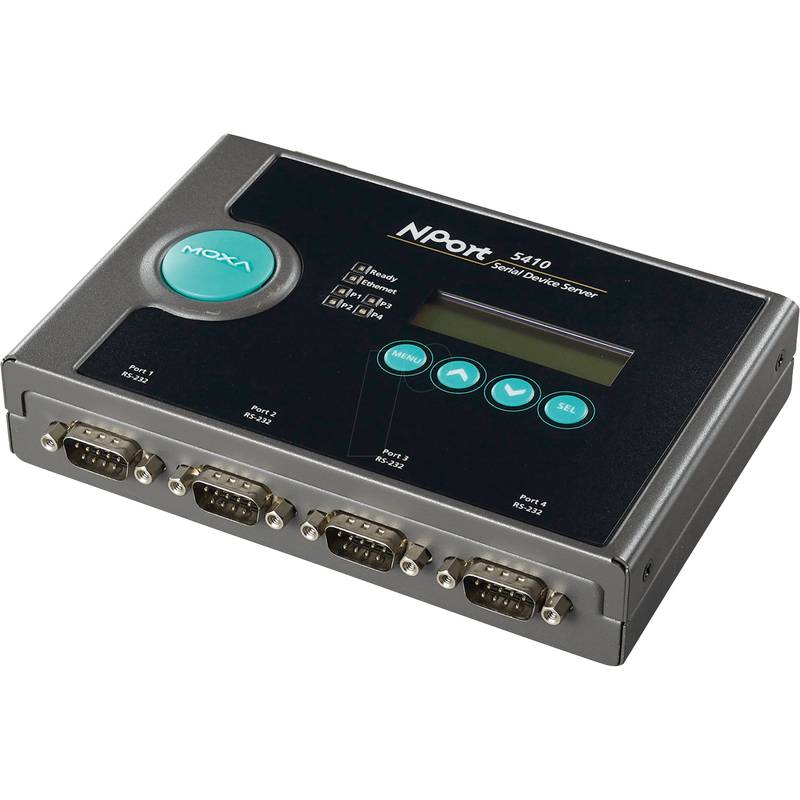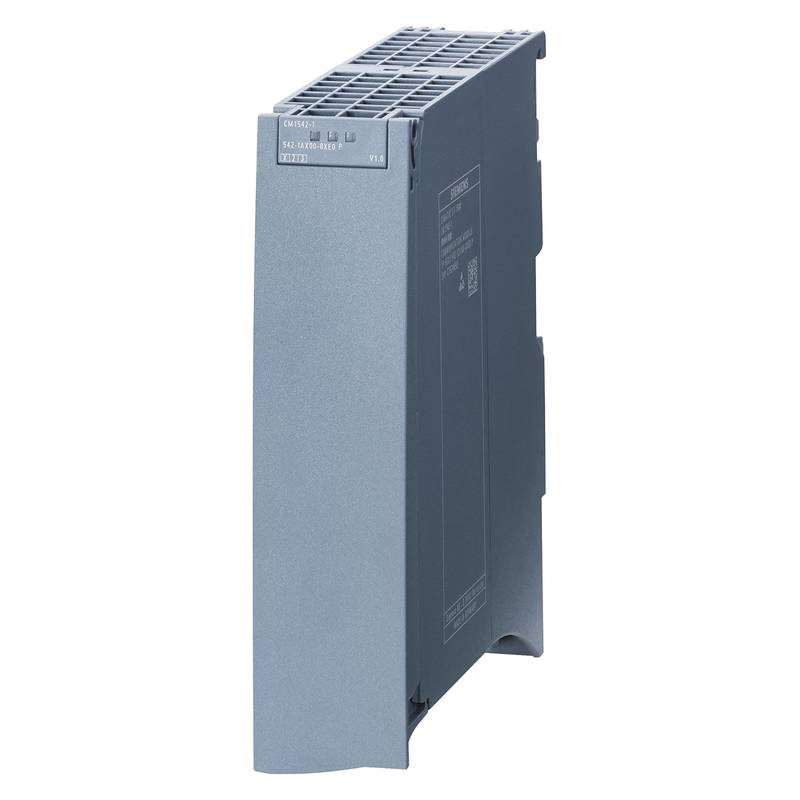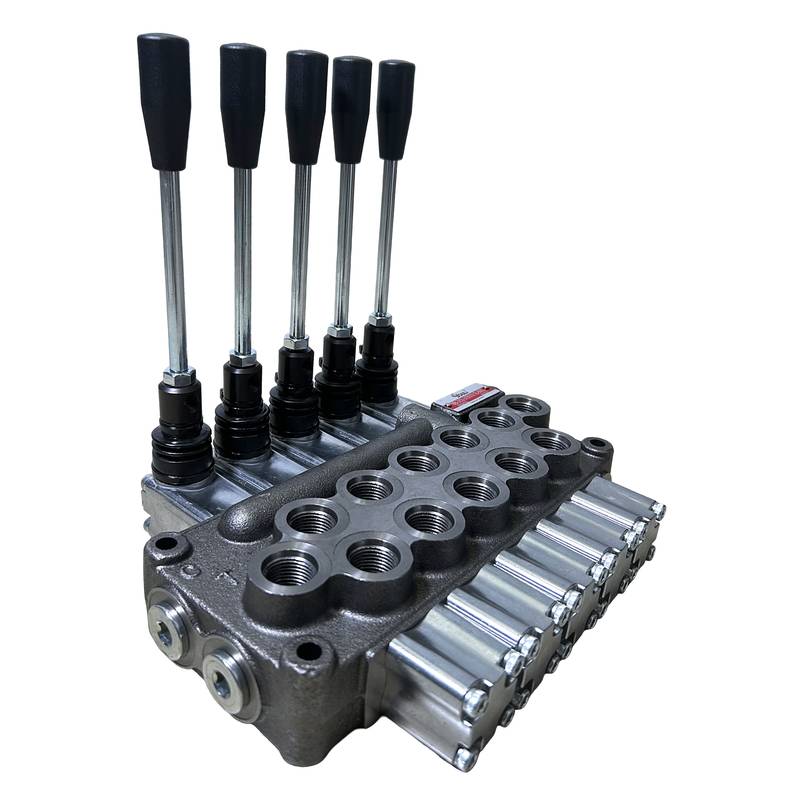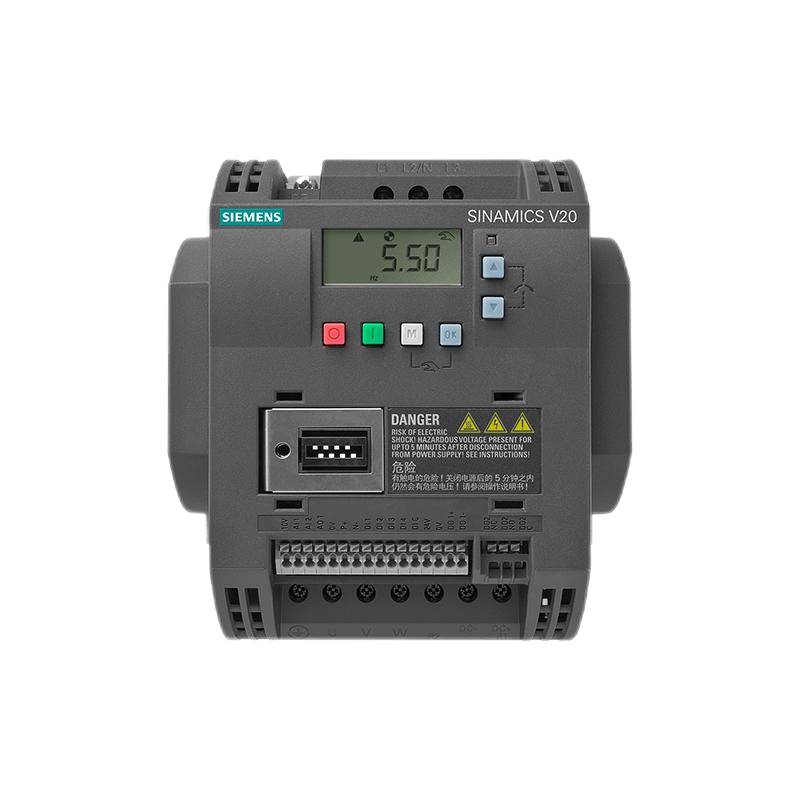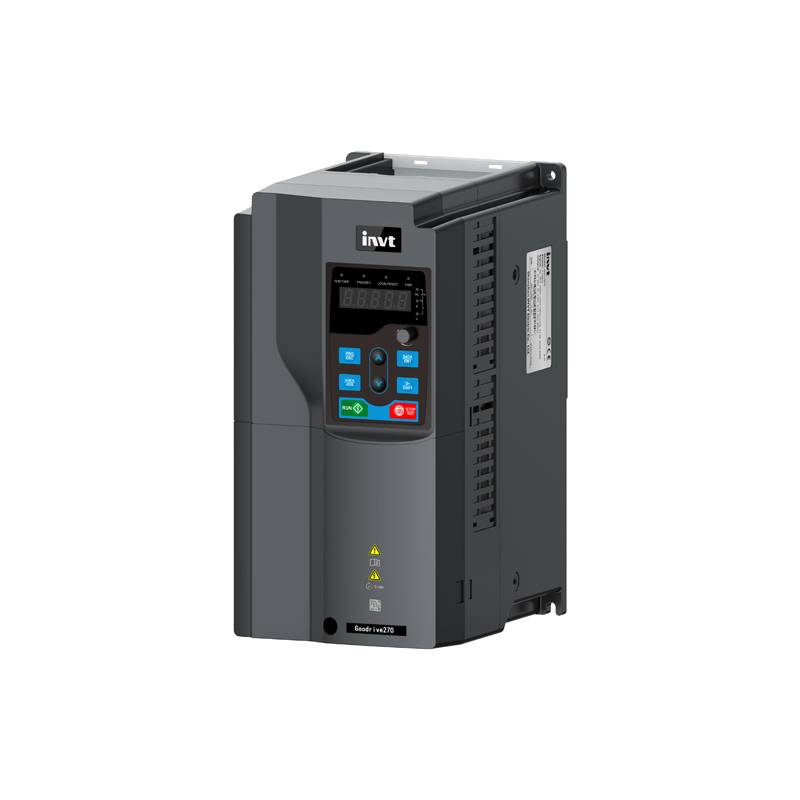
The Moxa NPort 5410 is a compact, single-port RS-232 serial device server designed to seamlessly integrate legacy serial devices into modern Ethernet networks. Its core advantages lie in its robust industrial design, flexible connectivity options, and straightforward implementation, making it an ideal solution for extending the reach of serial communication across IP infrastructures. Key technical parameters include its support for 10/100 Mbps Ethernet, RS-232 serial interface, and a wide operating temperature range of -40 to 75°C, ensuring reliable performance in demanding industrial environments.
Core Features & Market Positioning
The Moxa NPort 5410 distinguishes itself with its compact form factor, enabling easy deployment in space-constrained industrial cabinets. It offers a reliable bridge between serial devices, such as PLCs, sensors, and meters, and Ethernet networks, facilitating remote monitoring and control. Its industrial-grade construction, including a rugged metal housing and extended temperature support, positions it as a dependable choice for critical applications where uptime and durability are paramount. Moxa's established reputation for industrial networking solutions further bolsters its market appeal, assuring users of quality and support.
Key Application Scenarios
This device server is extensively utilized in scenarios requiring the modernization of serial-based automation systems. Common applications include connecting industrial machines, barcode scanners, and point-of-sale terminals to a central network for data acquisition and management. In building automation, it can link environmental sensors and control systems to an IP network for enhanced monitoring and energy management. Furthermore, its utility extends to the retail sector, enabling remote management of cash registers and inventory systems, and to the transportation industry for equipment monitoring.
Practical System Integration Guidance
Integrating the Moxa NPort 5410 into existing systems is a streamlined process. The device typically connects to the serial device via a standard RS-232 DB9 connector and to the Ethernet network via an RJ45 port. Configuration is usually performed using Moxa's Windows-based utility, Moxa PComm, or via a web browser, allowing users to set IP addresses, serial port parameters (baud rate, data bits, parity, stop bits), and operating modes. For typical operation, users will set the NPort to TCP Server mode, establishing a listening port, and then configure their client application to connect to the NPort's IP address and configured port.
Operation and Risk Mitigation
The NPort 5410 operates by encapsulating serial data into TCP/IP packets for transmission over an Ethernet network and vice-versa. To mitigate operational risks, ensure the device is powered within its specified voltage range and connected to a stable power source. Firmware updates should be applied following Moxa's official procedures to maintain security and performance. Proper network segmentation and firewall rules are crucial to prevent unauthorized access to connected serial devices, thereby enhancing system security and preventing potential data breaches or operational disruptions.
Scalability & Long-Term Value
The Moxa NPort 5410 offers significant long-term value by enabling the integration of older serial equipment into newer, more flexible IP-based infrastructures. This approach avoids costly full system replacements and allows for phased upgrades. Its compatibility with various operating systems and SCADA software ensures it can be incorporated into a wide range of existing and future control systems. As industries move towards Industrial IoT (IIoT) and Industry 4.0, devices like the NPort 5410 serve as critical enablers, allowing legacy assets to participate in data-driven operations and smart manufacturing initiatives.
Frequently Asked Questions
Q1: How do I configure the Moxa NPort 5410 for network access?
The NPort 5410 can be configured using Moxa's Windows-based utility, such as Moxa PComm, which allows for easy discovery and parameter setting. Alternatively, you can access its web console via a browser by typing its IP address into the address bar.
This initial setup involves defining the device's IP address, subnet mask, and gateway to ensure it communicates correctly on your network. You will also set the serial port parameters to match your connected device, including baud rate, data bits, parity, and stop bits.
Users can choose between different network modes like TCP Server, TCP Client, or UDP, depending on how they want the serial data to be transmitted and received over the Ethernet network.
Q2: What are the typical industrial applications for the NPort 5410?
This device is commonly used to connect industrial machinery, such as PLCs, CNC machines, and robotic arms, to an Ethernet network for remote monitoring and control. It allows for seamless data acquisition from these automation components.
In building automation, it enables integration of sensors, HVAC systems, and access control devices into a centralized IP-based management system for improved efficiency and oversight.
The NPort 5410 also finds applications in retail for connecting POS terminals and inventory systems, and in transportation for monitoring traffic signals, gate controllers, and other wayside equipment.
Q3: Can the NPort 5410 handle high-speed serial data?
The NPort 5410 supports standard RS-232 serial communication speeds, typically up to 115.2 kbps. This is sufficient for most industrial serial devices and ensures reliable data transfer.
While it doesn't support higher serial speeds like RS-422/485, its robust Ethernet connectivity (10/100 Mbps) ensures that the encapsulated serial data is transmitted efficiently over the network.
For applications requiring significantly higher serial bandwidth than RS-232 can provide, Moxa offers other device server models that support faster serial standards or multiple serial ports.
Q4: What is the operating temperature range of the NPort 5410?
The Moxa NPort 5410 is designed for harsh industrial environments and boasts an impressive extended operating temperature range. It can function reliably in temperatures from -40°C to 75°C (-40°F to 167°F).
This wide temperature tolerance makes it suitable for deployment in locations with extreme climatic conditions, such as outdoor enclosures, unconditioned factory floors, and remote substations.
Ensuring the device operates within this specified range is critical for maintaining its performance, preventing premature failure, and guaranteeing uninterrupted communication in demanding industrial settings.
Q5: How does the NPort 5410 facilitate remote access to serial devices?
The NPort 5410 acts as a gateway, converting serial communication protocols into IP-based Ethernet packets. This allows any device on the Ethernet network, including remote computers or servers, to access and control the connected serial device as if it were locally attached.
It supports various network modes, such as TCP Server mode, where the NPort listens for incoming connections from client applications on a specified port. This is the most common method for enabling remote access.
By providing a secure and reliable IP interface, the NPort 5410 effectively overcomes the physical limitations of serial connections, enabling centralized management and monitoring of distributed serial equipment.
Q6: Is the NPort 5410 compatible with Windows and Linux systems?
Yes, the Moxa NPort 5410 is designed for broad compatibility. Moxa provides Windows utilities for easy configuration and management of the device servers.
Linux users can also integrate the NPort 5410 into their systems. Standard TCP/IP sockets programming can be used to communicate with the device server on the network.
This cross-platform support ensures that the NPort 5410 can be seamlessly deployed in diverse IT and OT (Operational Technology) environments, regardless of the primary operating system in use.
Q7: What are the power requirements for the NPort 5410?
The Moxa NPort 5410 typically accepts a wide DC input voltage range, often from 12 to 48 VDC. This flexibility allows it to be powered by various industrial power supplies.
It may also feature a terminal block for power connection, ensuring a secure and reliable electrical connection in industrial environments. Always verify the exact voltage input supported by the specific model.
Using a stable and appropriate power source that meets these specifications is crucial for the reliable and long-term operation of the device server, preventing potential malfunctions or damage.
Q8: How does the NPort 5410 contribute to Industrial IoT (IIoT) integration?
The NPort 5410 bridges the gap between legacy serial devices and modern IP networks, a fundamental step for IIoT adoption. It allows older equipment to become IoT-enabled without replacement.
By converting serial data to Ethernet, it facilitates the collection of data from industrial assets for analysis, cloud platforms, and integration into SCADA or MES systems. This data is vital for IIoT applications.
This device enables a more connected and data-driven industrial environment, supporting the core principles of Industry 4.0 by making previously isolated serial devices accessible for advanced analytics and remote management.
Q9: What serial interface does the NPort 5410 use?
The Moxa NPort 5410 features a single-port RS-232 serial interface. This is a standard serial communication protocol commonly found on many industrial devices.
The RS-232 interface typically uses a DB9 connector for physical connection, which is widely supported by peripherals like modems, printers, and older industrial controllers.
This specific serial interface type makes the NPort 5410 ideal for applications where direct serial communication is still prevalent and needs to be networked over Ethernet.
Q10: Are there any specific safety precautions for installing the NPort 5410?
Always ensure the device is de-energized before making any wiring connections, including power and serial cables, to prevent electrical shock or damage to the equipment.
When installing in hazardous areas or environments, ensure the NPort 5410 is rated for such use or installed within an appropriate enclosure that meets local safety regulations and standards.
Proper grounding of the device and its associated network infrastructure is essential for protecting against electrical surges and ensuring reliable operation, especially in industrial settings prone to electrical noise.














